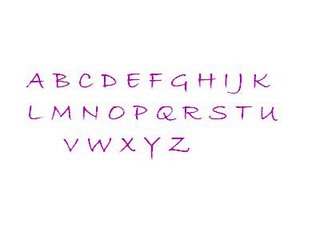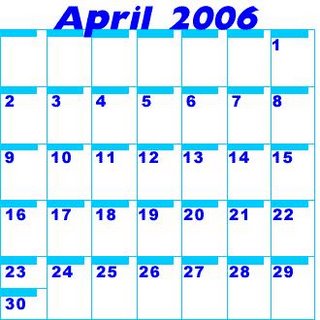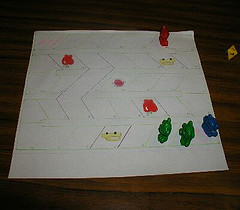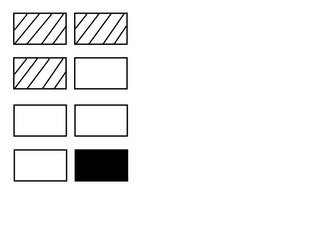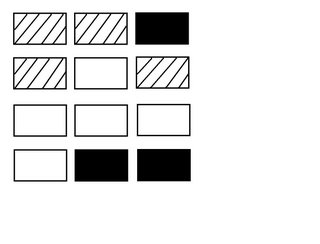12/05/06 - Day 5 - Period 5 =)
*just a quick note before you go on . . . All fonts in RED are links =D
Class work:
At the beginning of class we looked over our homework . . the visual thingymajjiger on the yellow sheet . . . Here's a bubbleshare slideshow I made on how to do it :
This album is powered by
BubbleShare
- Add to my blog
I used the way that I did it for the slideshow, but there's other ways you can do it. After we went over it he assigned this for homework. I'm not telling you how to do it because that's . . . CHEATING =P
- 17/20 -> 20 - 17 = 3 -> 17:3 -> 17 / 20 = 0.85 -> 0.85 = 85%
- 8.9% -> 8.9 x 100 = 89 -> 89 / 1000 -> 1000 / 89 = 0.89 -> 1000 - 89 = 911 -> 89:911
Mr. Harbeck then gave us a definition for percent . . .
Homework:
For homework we had to do the same thing as we did with 300 (put them into the squares). I already got started on it as you can see =P. Then you have to find 1%, 5%, 10%, 30%, 65%, and 75% for 400 and 162 and put them onto the squares sheet. Oh! Don't forget to do the Data Investigations on the yellow paper . . .
Websites:
A really good website I find was this one. It has "basic" stuff on how percentages work and some questions and answers.
BTW:
By the way, I commented on this post =)
Next Scribe:
humdeedumdeedum . . . who to pick for the next scribe ? umm . . . I'll just pick . . .

(I picked you cuz are names rhymed =P)









